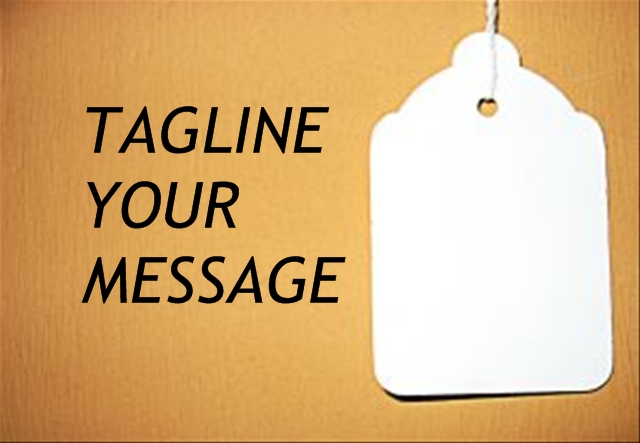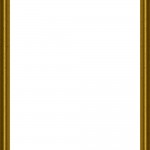
Tagline them
Have you ever been asked to prepare a 40 minute presentation and then just before you come in to deliver it, be asked to ‘slim it down’ to 20 minutes?! I mean what are you meant to do? Speak twice as fast? Cut out the verbs?
A way to be always ready for this challenge is to properly message your presentation. I call this taglining. Consumer companies use taglines to create a memorable phrase that is linked with their brand. For example, since adidas introduced their “Impossible is Nothing” tagline, it has become part of their target audience’s vocabulary. I call this type of message a ‘meta-tagline’ which summarises a broad theme or direction. Your presentation should have a meta-tagline. You can think of it as your high concept or movie title. (eg It’s a Wonderful Life, Saving Private Ryan, Snakes on a Plane).
The main benefit of using this approach is that – together with framing – it helps you think more clearly about the key messages that you want to deliver. This is important as today’s audience are busy, overloaded with information and distracted by mobile devices. You need to be able to deliver your key messages in a short time and make them memorable.
This is quite a challenge. Especially when most presenters can’t even remember their own presentation! Reading off crib notes, turning around to speak off the screen or frequent looking up or down are signs that the presenter has not prepared adequately.
Once you have a meta-tagline, go down through your presentation section by section and ask “What is my key message here?” How could you summarise it into a short sentence or tagline. This requires some thinking and can be difficult when you first use this skill. Once you have completed this, you should have an overall message or concept (meta-tagline) and between three to five messages summarising the main section content.
Your messages can now be easily written on a card and memorised. With clear messages, you can tie your content together more naturally and then the content (data, statistics etc) are used to support your message. This approach makes you bulletproof to shorter presentation times and ensures you have clear messages throughout the entire presentation.
Examples of Meta Taglines:
Too broad – Quality Concerns
Too long – The most important quality concern we have today is in manufacturing
Good example – Three Essential Quality Changes
Examples of Taglines (for sections):
Too broad – Data insufficient
Good example – Two data gaps we must monitor
 I have written before about six word stories and today I saw an example of one from the Department for schools, children and families in the UK. They have launched a campaign on internet safety which intends to teach young children how to stay safe while using the internet. Their tagline is “Zip it. Block it. Flag it.”
I have written before about six word stories and today I saw an example of one from the Department for schools, children and families in the UK. They have launched a campaign on internet safety which intends to teach young children how to stay safe while using the internet. Their tagline is “Zip it. Block it. Flag it.”




